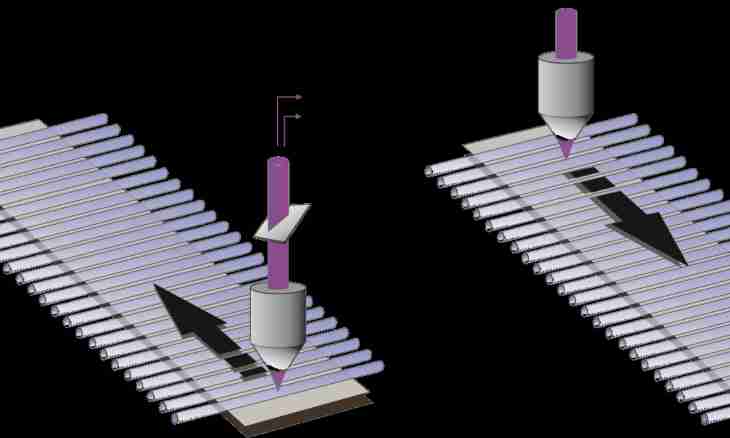Temperature of melting of solid substance is taken for definition of degree of its purity. Impurity in pure substance usually lower temperature of melting or increase an interval in which connection melts. The method with use of a capillary is classical for control of content of impurity.
It is required to you
- - test substance;
- - the glass capillary soldered since one end (diameter of 1 mm);
- - glass tube with a diameter of 6-8 mm and not less than 50 cm long;
- - the heated block.
Instruction
1. Pound previously dried up test substance in a mortar in the smallest powder. Accurately take a capillary and the open end ship in substance, at the same time some of its quantity has to get to a capillary.
2. Put a glass tube vertically on a firm surface and several times throw through it a capillary the soldered end down. It promotes substance consolidation. For determination of temperature of melting the substance column in a capillary has to be about 2-5 mm.
3. Attach a capillary with substance to the thermometer a rubber ringlet so that the soldered end of a capillary was at the level of mercuryballthermometer , and substance – approximately on its middle.
4. Place the thermometer with a capillary in the heated block and watch changes of test substance at temperature increase. The thermometer to and in the course of heating should not concern walls of the block and other strongly heated surfaces, otherwise it can burst.
5. As soon as temperature on the thermometer approaches temperature of melting of pure substance, reduce heating to do not pass the moment of the beginning of melting.
6. Note temperature at which there are first drops of liquid in a capillary (beginning of melting), and temperature at which the last crystals of substance (end of melting) disappear. In this interval substance begins to fall down before full transition to liquid state. When carrying out the analysis also pay attention to change of color or decomposition of substance.
7. Repeat measurements 1-2 more times. Present results of each measurement in the form of the corresponding temperature interval during which substance passes from a firm state into liquid. In conclusion of the analysis make the conclusion about purity of test substance.

